Will Dry Needling Help Plantar Fasciitis?
If you suffer from plantar fasciitis, your physical therapist may suggest dry needling as a treatment. This procedure involves inserting thin needles into muscle areas to promote healing and release trigger points that cause pain.
Dry needling is an incredibly effective technique that can reduce inflammation and relieve pain. But it’s essential to find a qualified provider in order to receive this type of care.
Trigger Points
Trigger points are areas of muscle hypersensitivity that feel tight, hard, and either warm or cool to touch. They usually occur near tight, hard joints.
Tensed muscles can alter normal posture and movement, leading to postural changes that lead to pain. They may also impact blood chemistry which could slow down reaction times for sports or cause joint movement to be less controlled (e.g., tennis elbow).
Trigger points can occur in any skeletal muscle of the body, but are most frequently located in the neck, shoulders, back and hips. They can affect people of all ages and are commonly linked with myofascial pain syndrome, somatic dysfunction, psychological disturbance and restricted daily function.
There are various techniques used to release and deactivate trigger points. Some are more effective than others, while some require multiple treatments. These may include instrument assisted soft tissue mobilization, Graston technique or dry needling.
Muscles
Your muscles are essential for controlling heart rate and breathing, digestion, and movement. If these muscles aren’t in optimal condition, you may experience pain or other issues.
Plantar fasciitis is a condition in which the plantar fascia, a thick band of tissue connecting your heel to toes, becomes damaged or inflamed. This connective tissue should absorb any high stresses put on your feet but too much pressure can lead to inflammation and pain.
Dry needling is a technique physical therapists use to address muscular-skeletal pain and movement disorders. With dry needling, your therapist inserts thin needles through your skin in order to release or inactivate myofascial trigger points.
Nerves
Many patients suffering from heel pain also experience nerve pain that is difficult to differentiate on physical examination. Nerve issues often mimic the signs and symptoms of plantar fasciitis.
Nerves in the foot and ankle pass through a space known as the tarsal tunnel. If this tunnel becomes compressed, it may cause burning or tingling sensations on both bottom of foot and within arch of foot.
In some instances, nerves may also be pinched or irritated and this can cause painful inflammation in the foot. Such nerve conditions are commonly referred to as neuropathy.
If you are suffering from heel pain, it’s essential to see a doctor right away. Doing so will ensure the best care and expedite healing.
Treatment
Plantar fasciitis is an inflammation of the plantar fascia, the band of tissue connecting your heel bone to your toes. This can cause pain and stiffness in the area around your foot when you first stand up or after sitting for extended periods of time.
Dry needling is a physical therapy treatment that involves inserting very fine needles into the affected area to promote muscle healing. When combined with other therapies such as stretching exercises and postural corrections, dry needling can be successful in treating plantar fasciitis.
Needles penetrate the skin to the muscles and trigger points causing pain, increasing blood flow to the area and loosening these knots – leading to significant relief of symptoms.
Needles may also cause minor bleeding, which helps break up scar tissue and draw blood cells to the area – speeding up healing from within. Combining this technique with other treatments like stretching and strengthening can help alleviate plantar fasciitis symptoms.
If you’re interested in learning more about dry needling or other physical therapy treatments, don’t hesitate to contact us at Accelerate Therapy & Performance. Our team of specialists is here to help you find the best treatment options for your needs.



